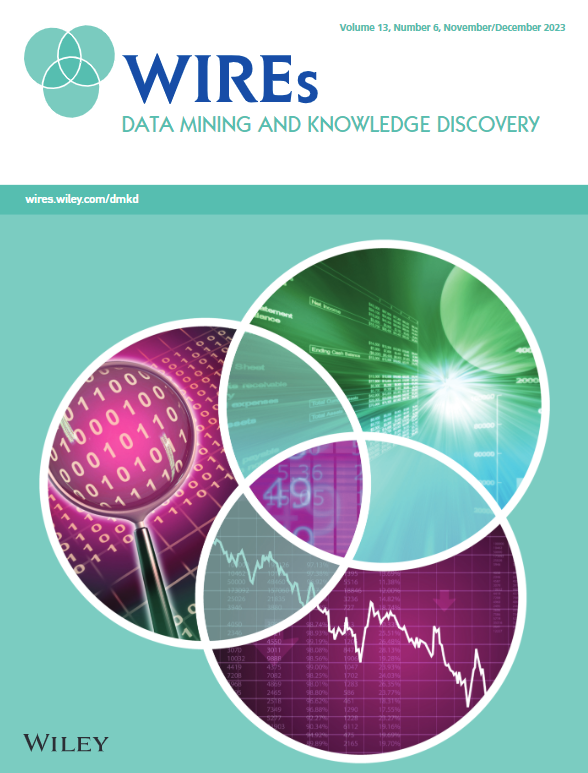基于机器学习的变光源光曲线分析研究进展
IF 6.4
2区 计算机科学
Q1 COMPUTER SCIENCE, ARTIFICIAL INTELLIGENCE
Wiley Interdisciplinary Reviews-Data Mining and Knowledge Discovery
Pub Date : 2021-07-04
DOI:10.1002/widm.1425
引用次数: 3
摘要
观测能力的提高扩大了时域天文学研究的新数据规模,观测数据的积累不断加快。然而,传统的数据分析方法难以充分挖掘所有数据潜在的科学价值。因此,在当前和未来的光曲线分析研究中,为了获得尽可能多的具有科学研究目标的候选数据,不可避免地要使用人工智能(AI)技术来辅助数据分析。本文回顾了近年来光曲线分析的重要进展,总结了机器学习的基本概念及其在光曲线分析中的应用,并对未来光曲线分析的前景和挑战进行了展望。对可变天体光曲线的充分探索,在很大程度上依赖于天文大数据时代机器学习和深度学习推广所衍生的新技术。本文章由计算机程序翻译,如有差异,请以英文原文为准。
A survey on machine learning based light curve analysis for variable astronomical sources
The improvement of observation capabilities has expanded the scale of new data available for time domain astronomy research, and the accumulation of observational data continues to accelerate. However, traditional data analysis methods are difficult to fully tap the potential scientific value of all data. Therefore, in the current and future research on light curve analysis, it is inevitable to use artificial intelligence (AI) technology to assist in data analysis in order to obtain as many candidates as possible with scientific research goals. This survey reviews important developments in light curve analysis over the past years, summarizes the basic concepts in machine learning and their applications in light curve analysis and concludes perspectives and challenges for light curve analysis in the near future. The full exploration of light curves of variable celestial objects relies heavily on new techniques derived from promotion of machine learning and deep learning in the astronomical big data era.
求助全文
通过发布文献求助,成功后即可免费获取论文全文。
去求助
来源期刊

Wiley Interdisciplinary Reviews-Data Mining and Knowledge Discovery
COMPUTER SCIENCE, ARTIFICIAL INTELLIGENCE-COMPUTER SCIENCE, THEORY & METHODS
CiteScore
22.70
自引率
2.60%
发文量
39
审稿时长
>12 weeks
期刊介绍:
The goals of Wiley Interdisciplinary Reviews-Data Mining and Knowledge Discovery (WIREs DMKD) are multifaceted. Firstly, the journal aims to provide a comprehensive overview of the current state of data mining and knowledge discovery by featuring ongoing reviews authored by leading researchers. Secondly, it seeks to highlight the interdisciplinary nature of the field by presenting articles from diverse perspectives, covering various application areas such as technology, business, healthcare, education, government, society, and culture. Thirdly, WIREs DMKD endeavors to keep pace with the rapid advancements in data mining and knowledge discovery through regular content updates. Lastly, the journal strives to promote active engagement in the field by presenting its accomplishments and challenges in an accessible manner to a broad audience. The content of WIREs DMKD is intended to benefit upper-level undergraduate and postgraduate students, teaching and research professors in academic programs, as well as scientists and research managers in industry.
 求助内容:
求助内容: 应助结果提醒方式:
应助结果提醒方式:


